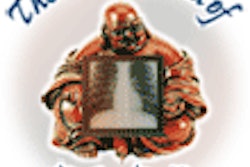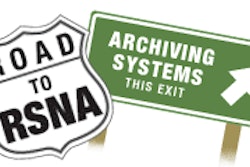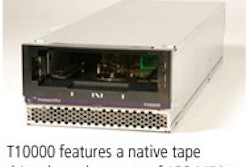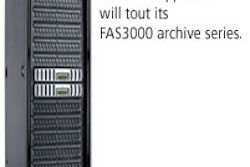Healthcare institutions aiming for digital management of nonradiology images can use their existing radiology PACS infrastructure to do so, according to researchers from the University of Pittsburgh Medical Center.
"Customizable interfaces for converting nonradiologic images to the DICOM standard allow departments other than radiology to leverage existing PACS infrastructure for the storage and distribution of all medical images," said Dr. Steve Uttecht of the University of Pittsburgh Medical Center (UPMC). He spoke during a scientific session at the 2005 RSNA meeting in Chicago.
UPMC researchers have developed software, called SimpleDICOM Wrapper, that converts non-DICOM images generated in departments such as ophthalmology, dermatology, and pathology to DICOM.
A radiology PACS network offers a number of benefits for handling nonradiological images, Uttecht said. The technology is both ubiquitous and established, and a major component of the electronic medical record (EMR). It can also facilitate compliance with requirements of the Health Insurance Portability and Accountability Act (HIPAA), he said.
To implement a separate PACS network to handle these nonradiological images would be expensive, as well as require additional user training, IT staffing, and tech support, Uttecht said.
Believing that radiology departments could provide image archiving and distribution services for other departments as long as there was a facility for bringing these images into the DICOM format, the researchers sought to develop software that could incorporate the images into the radiology PACS and be customizable for individual departments.
The team performed departmental surveys of the dermatology, ophthalmology, and pathology departments to analyze the image types, size, and volume they would be dealing with. They also got a sense of the general and specific departmental requirements necessary for the software.
From the survey results, the team designed the software, which encapsulates non-DICOM files into a DICOM format, including appropriate patient metadata. A customizable interface takes into account the needs of the different departments, incorporating specialty-specific fields into the DICOM structure, according to the researchers.
An "export to PACS" function provides for inclusion of the images into the existing PACS storage and distribution systems. In some cases, additional security measures were needed to ensure patient confidentiality, according to the researchers. The Windows-based software runs on desktop PCs, easing deployment.
The business model for this project takes into account resource sharing, volume discounts, the ability to minimize staffing full-time employees (FTE), and the advantage of chargeback and cost sharing, Uttecht said. It can also decrease operating expenses, an aid in justifying the PACS acquisition.
By Erik L. Ridley
AuntMinnie.com staff writers
January 16, 2006
Related Reading
Choose image archiving solutions before data volume grows too large, January 5, 2006
Radiologists can maintain visual acuity in filmless environment, December 29, 2005
Homegrown tool improves radiologists' workflow, December 16, 2005
Handling priors and the 'portable patient': A case for inter-PACS communication, November 16, 2005
Ergonomics -- It's all about you, November 23, 2005
Copyright © 2006 AuntMinnie.com



















